In a bold move, Uber confirmed that it is indeed in the process of parting ways from Google traffic, and launched its own real-time traffic calculator instead.
This decision shouldn’t come as a surprise to anyone since both Uber and Google have been in a war of sorts. Their rivalry started when Google’s Waze stepped into the carpooling game, back in May 2016. Uber thought of this as a power move and ever since then, have been trying to cut ties from Google, in particular, Google Maps.
Uber stated that it had been working tirelessly on its own traffic estimating algorithms, and these tests have been carrying out on Uber’s Android app over the past few months.
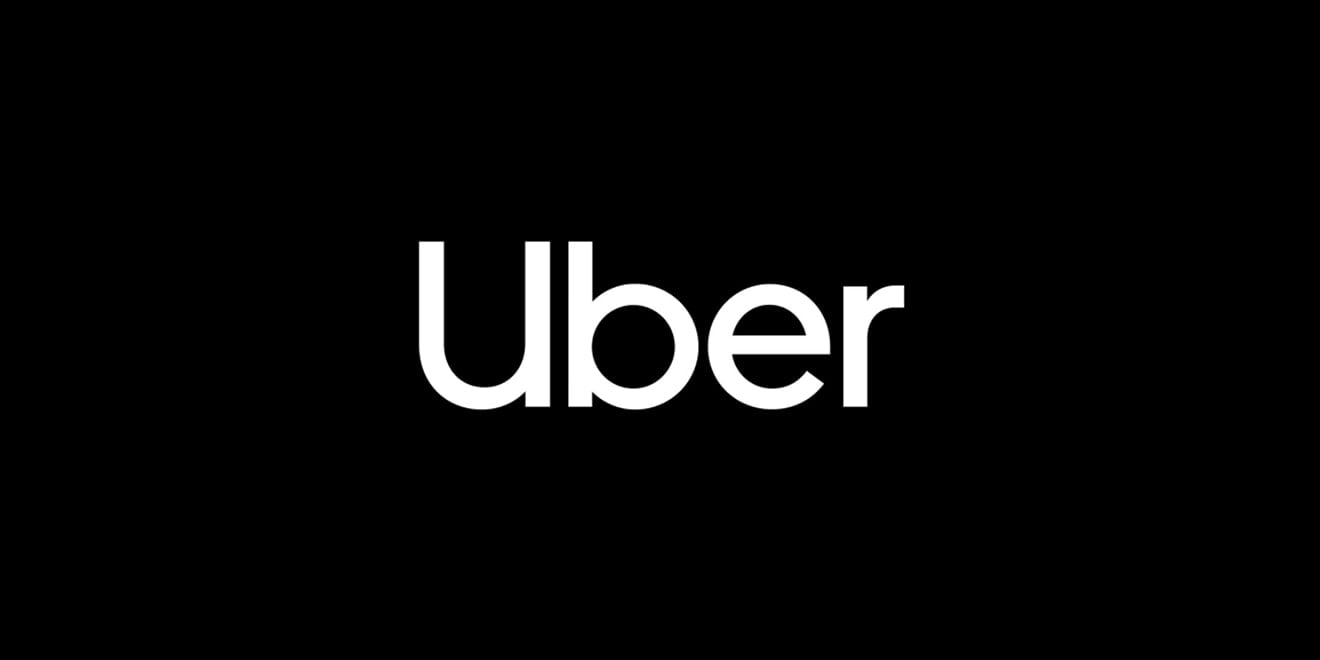
The testing phase has also been carried over to a few iOS users as well. These changes, however, have been made live on Uber drivers’ apps.
Uber’s main goal is to highlight the areas that are prone to traffic jams. This will allow the users to check the traffic situation in real time, and become more empathetic towards the driver.
Moreover, Uber hopes that when users have the option to view the traffic situation from their phones, they will be less likely to cancel their ride and call Lyft, which is a direct competitor to Uber.
Passengers will be more likely to see that delay in their ride is due to traffic and not because of the driver. They would also be more patient towards their drivers and won’t rush to give them a negative review because of the road rage.
This traffic information will be based on Uber’s own trip data gathered from approximately a whopping 10 billion rides combined with real-time traffic acquired from drivers’ phones. Previously such data was acquired from Google Maps.
However, the most positive outcome that Uber is looking to achieve is that users will be able to change their mode of transport, based on traffic congestion.
Passengers will have the option to opt out of cars and instead go for Uber’s newly acquired JUMP bikes or go for public transit; thanks to Uber’s recent partnership with Masabi. This deal with Masabi will allow riders to ride buses and trains at reduced costs.
Moreover, Uber will give more power to their users by allowing them to make the call of which method of transport to use by judging traffic.
Uber’s analytics will be working overtime to figure out whether their strategy will actually pay off or not before they roll out the update on every user’s app.
Uber confirmed that their longterm goal is to inform their customers that cheapest way to get to your destination is option X, the quickest is option Y, and the most comfortable is option Z. In order for Uber to do so, they will need the most up-to-date data on traffic. For this, the traffic estimator is in the pipeline.
It’s been 8 years since Uber launched, and a billion car rides later, Uber has the power of information at the tips of its fingers.
No wonder, for all these years Uber called itself a logistics company, rather than a ride-sharing business.

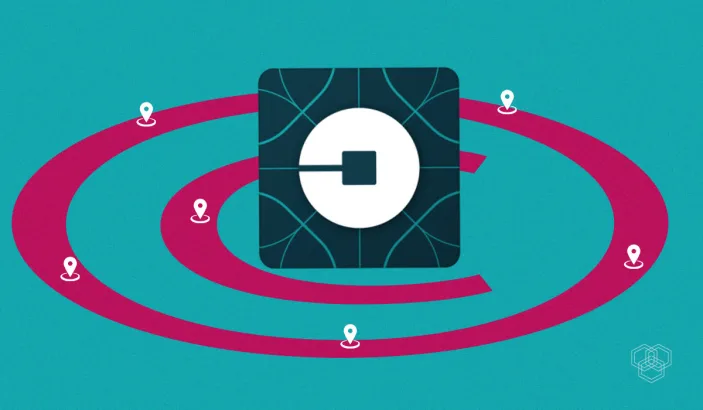
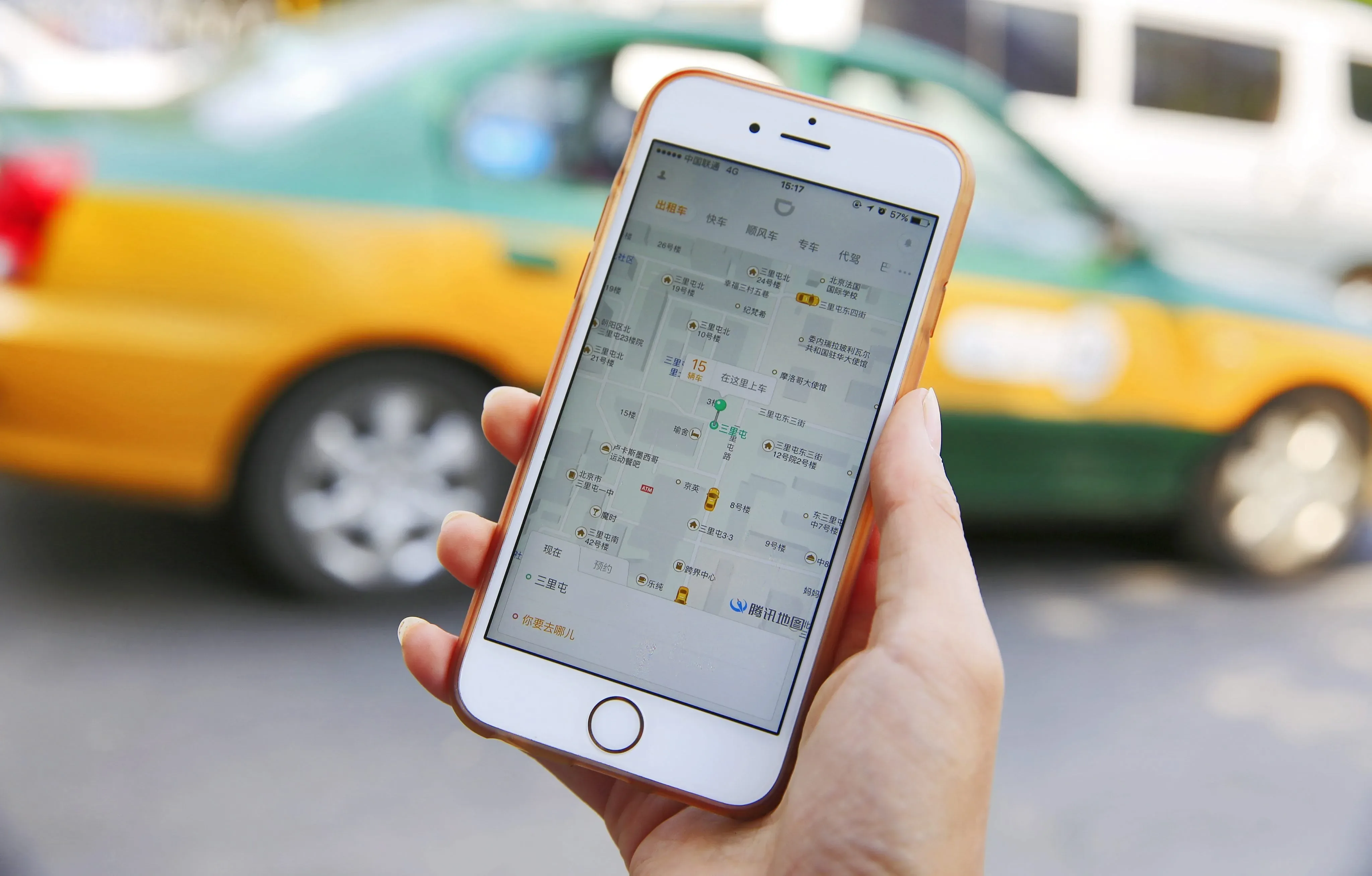
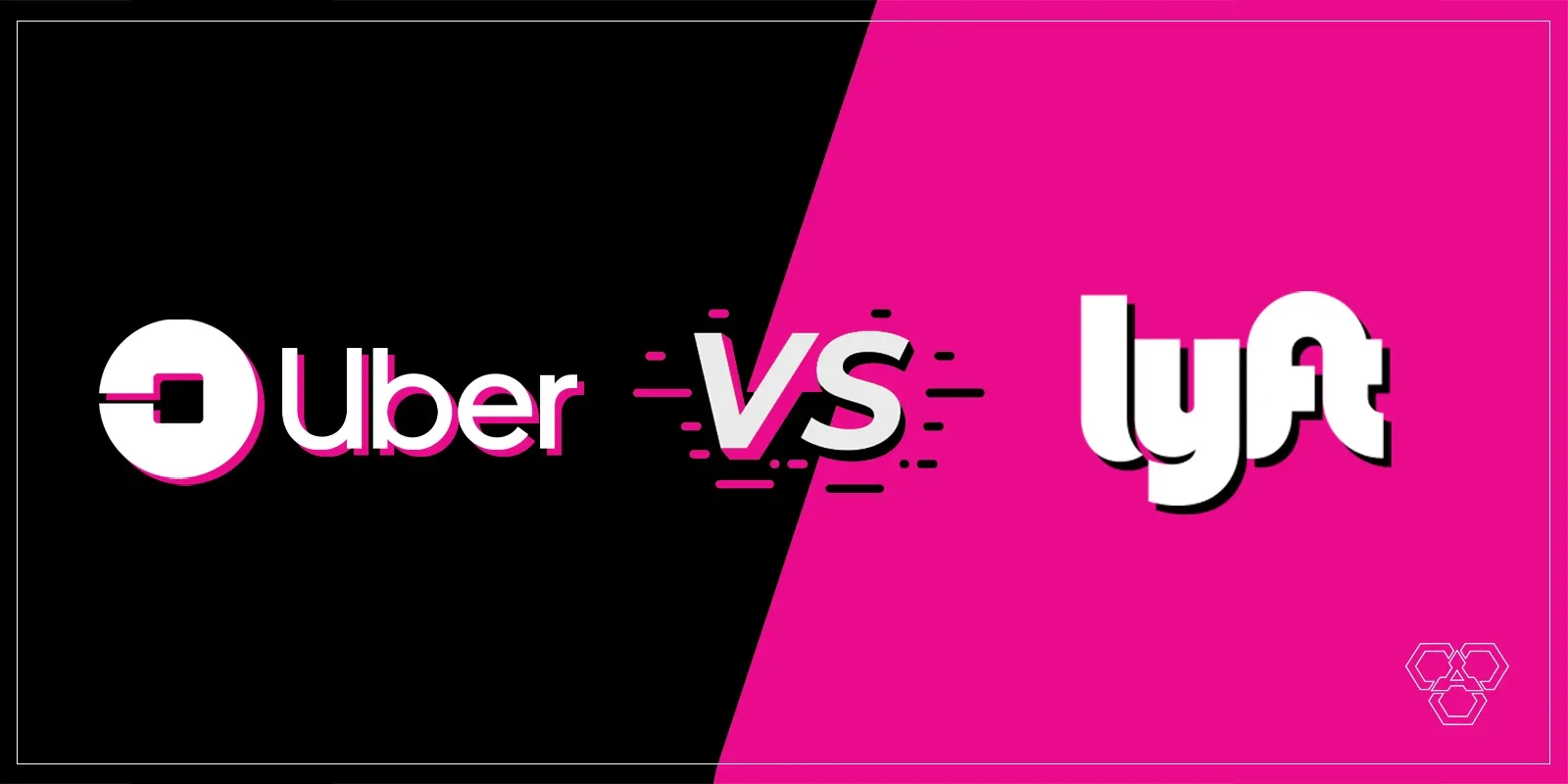
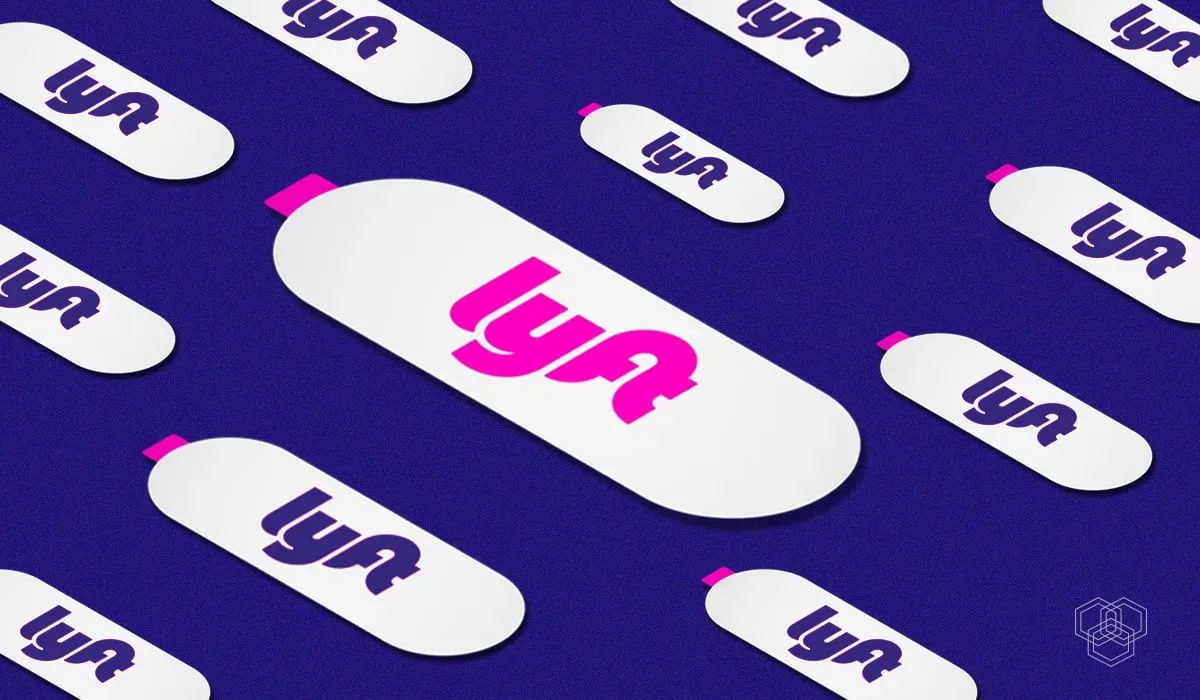


Share Your Thoughts